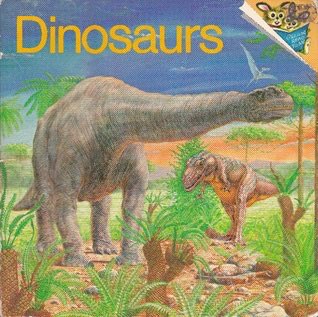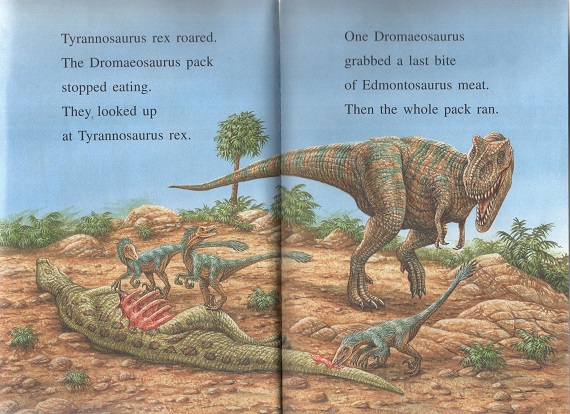

As she explains in her preface, to allow full immersion, she is not interrupting the flow of her story with notes and references, which are found at the back of the book. Black’s style of choice is narrative non-fiction: she is resurrecting individual animals and imagining their lives. Most chapters have a short coda that looks at how life was faring elsewhere on the planet. She focuses on the Hell Creek formation in western North America as it offers one of the clearest windows into the mass extinction and its aftermath. Instead, Black’s approach is to imagine a day in the life of the survivors at various time points post-impact: after an hour, a day, a month, a year, a century, all the way up to one million years. In popular books since then, various palaeontologists have come out in favour or against the idea of an already-declining dinosaur dynasty for which the asteroid was merely a coup de grâce.

Nor does she go into the ongoing debate on the relative contributions of the asteroid and Deccan Trap volcanism, which Brannen did recently in The Ends of the World. Black does not discuss the history of the research that discovered evidence of an asteroid impact, such as the iridium spike and the crater. But this worst single day in the history of life on Earth was as critical for us as it was for the dinosaurs, as it allowed for evolutionary opportunities that were closed for the previous 100 million years.Ī Macmillan Audio production from St.The Last Days of the Dinosaurs: An Asteroid, Extinction, and the Beginning of Our World, written by Riley Black, published in Europe by The History Press in April 2022 (hardback, 287 pages)īefore delving in, a brief word on what is not in the book. In the terrible mass extinction that followed, more than half of known species vanished seemingly overnight. An asteroid some seven miles across slammed into the Earth, leaving a geologic wound over 50 miles in diameter. The cause of this disaster was identified decades ago.

Tyrannosaurus rex will be toppled from their throne, along with every other species of non-avian dinosaur no matter their size, diet, or disposition. In a matter of hours, everything here will be wiped away. A Triceratops horridus ambles along the edge of the forest. It’s a sunny afternoon in the Hell Creek of ancient Montana 66 million years ago. Picture yourself in the Cretaceous period. Life’s losses were sharp and deeply-felt, but the hope carried by the beings that survived sets the stage for the world as we know it now. In The Last Days of the Dinosaurs, Riley Black walks listeners through what happened in the days, the years, the centuries, and the million years after the impact, tracking the sweeping disruptions that overtook this one spot, and imagining what might have been happening elsewhere on the globe.


 0 kommentar(er)
0 kommentar(er)
